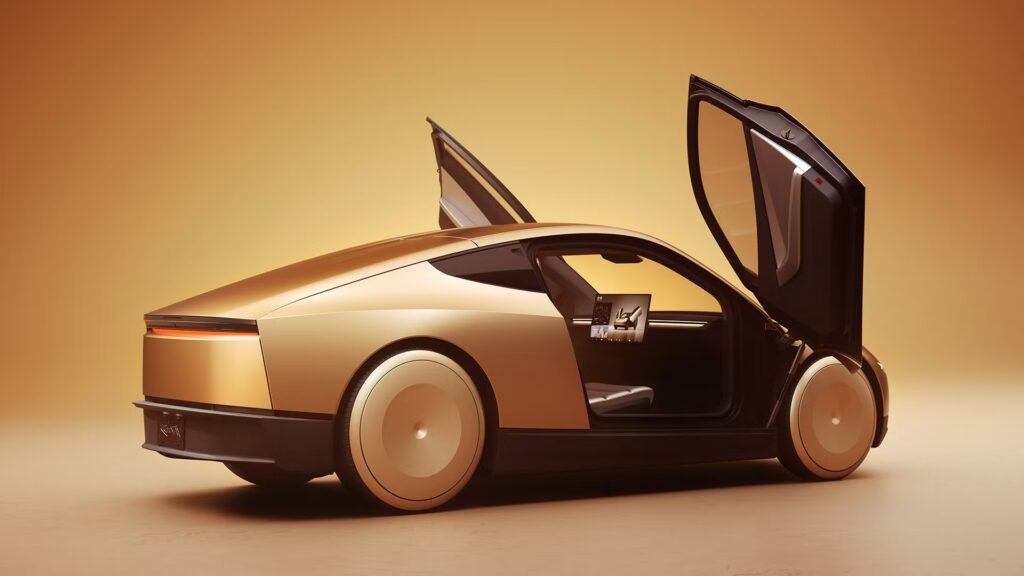Tesla has reshaped the automotive industry with bold innovation, sleek design, and a mission to accelerate the world’s transition to sustainable energy. Over the past decade, the brand has moved from premium electric sedans like the Model S to widely adopted vehicles like the Model 3 and Model Y. But the big question many enthusiasts and future owners are asking now is: What comes next for Tesla’s lineup, especially in terms of affordability?
Why Tesla’s Future Models Matter
For many, Tesla isn’t just a car—it’s a glimpse into the future of transportation. As governments worldwide push for electrification, Tesla’s ability to deliver affordable, mass-market EVs will define how quickly electric mobility becomes the norm.
The company’s roadmap points toward new models that expand accessibility while also refining existing vehicles to stay ahead of competition from BYD, Rivian, and traditional automakers entering the EV space.
The Anticipated Affordable Tesla Model (Often Called “Model 2”)
The most talked-about addition is the rumored $25,000 Tesla, sometimes referred to as “Model 2.” While the name hasn’t been confirmed, Tesla executives have hinted that the car will be compact, efficient, and built for global markets like Europe, China, and the U.S.
Key expectations for this affordable model include:
- Starting price around $25,000–$28,000
- Range of 250–300 miles on a single charge
- Built on Tesla’s next-gen vehicle platform, optimized for cost-efficient production
- Advanced safety and Autopilot features, though premium upgrades may be optional
If Tesla can deliver this, it could be a true game-changer—putting EV ownership within reach for millions more drivers.
Image alt text: Concept render of Tesla’s future affordable compact EV, potentially the “Model 2.”
Updates to the Core Lineup
Alongside the new compact model, Tesla is expected to keep refining its current lineup:
- Model 3 & Model Y: Both are receiving design refreshes, better interiors, and improved efficiency. These models will likely remain Tesla’s sales backbone.
- Cybertruck: Now rolling out, it appeals to truck enthusiasts and tech lovers alike. Future trims may include more affordable versions once production stabilizes.
- Roadster (Next Gen): Positioned as a halo product, this won’t be “affordable,” but it will showcase Tesla’s engineering limits with extreme acceleration and range.
- Model S & Model X: Flagship luxury vehicles will continue as niche products, updated less frequently.
How Tesla Balances Affordability With Innovation
Building an affordable Tesla isn’t just about shrinking the car or lowering the battery size. It requires manufacturing breakthroughs. The company has already teased new gigacasting techniques, simplified wiring, and a structural battery pack that reduces production costs while improving safety.
This approach means that affordability won’t come at the expense of Tesla’s DNA: performance, safety, and cutting-edge tech.
The Tesla Referral Program in 2025
For those planning to buy an upcoming Tesla, the Tesla referral program 2025 makes ownership even sweeter. By using a friend’s referral, new buyers can unlock Tesla credits, which can be redeemed for perks like Free Supercharging miles or even discounts on accessories. Referrers also earn rewards through the Tesla Account “Loot Box,” making it a win-win for both sides.
👉 If you find this guide helpful and decide to order a Tesla, you can optionally use my referral link here: https://www.tesla.com/referral/adam78383. It’s a small way to gain extra rewards at no extra cost.
Looking Ahead
The future Tesla model lineup is shaping up to be Tesla’s most impactful chapter yet. By pairing luxury innovations like the Roadster with an affordable compact EV, Tesla could dominate both the premium and mass-market segments simultaneously.
For now, the world waits eagerly for official details on the affordable Tesla. But if history is any guide, Tesla won’t just meet expectations—it will set a new standard for what affordable electric mobility looks like.



